
Overview
As an electric vehicle driver, you’re aware that your car’s battery is its most crucial component. To prolong your electric car battery’s life, follow these tips. Lithium batteries typically last 8 to 10 years, but with proper use, they can reach up to 15 years, with minimal loss of autonomy during the first 8 years.
Extending Lithium Battery Lifespan
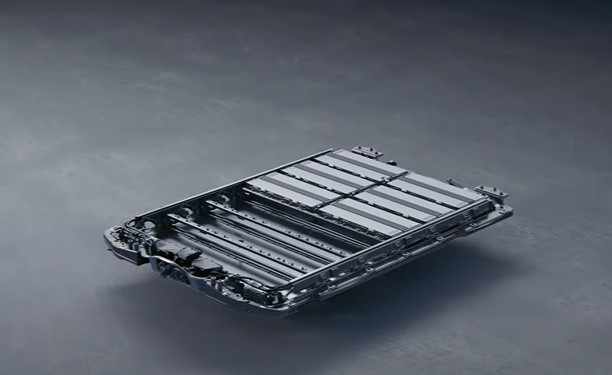
We’ve gathered eight tips to help you prolong your electric car’s battery life, which can be seamlessly integrated into your daily routine. These suggestions not only alleviate electric vehicle range anxiety but also enhance its overall autonomy. Continue reading to learn how to extend your electric car battery’s lifespan and optimize your electric vehicle’s performance.
Key Takeaways
- Extend your electric car battery life with these 8 tips.
- Lithium batteries typically last 8 to 10 years but can reach 15 years with proper use.
- Bosch has created cloud-based intelligent software to analyze battery data and prevent deterioration.
1. Keep an Eye on the Speed
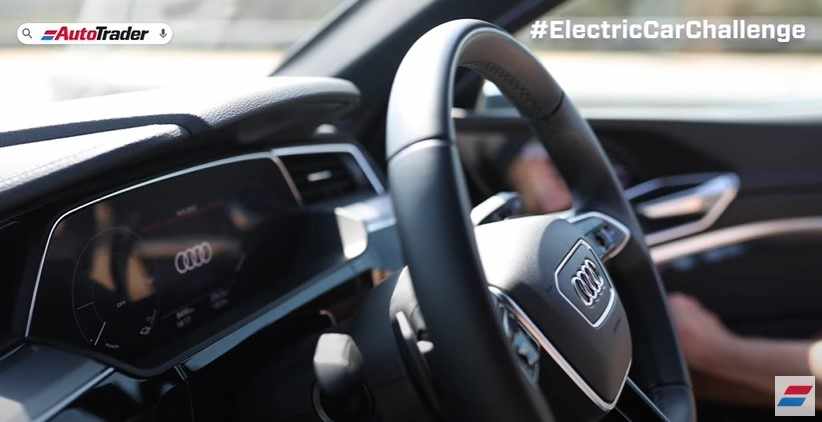
When driving an electric car, it’s crucial to monitor your speed. Similar to conventional diesel or gasoline vehicles, driving aggressively can notably diminish your electric vehicle’s range. Continuously demanding more power than your electric vehicle’s battery capacity can also have long-term detrimental effects on its lifespan. For example, occasionally drawing 50kW from a 24kW motor for brief acceleration poses no issue, but recurrently subjecting the battery to such stress can ultimately harm its longevity.
Optimizing Driving Behavior for Battery Health
To increase your electric car’s driving range, adopt a calm driving style and accelerate gently. This approach will decrease the frequency of necessary charges and the total number of charging cycles. Maintaining a moderate speed will enable you to optimize your electric car’s driving range and minimize the need for frequent battery recharges.
2. Avoid using DC quick charge
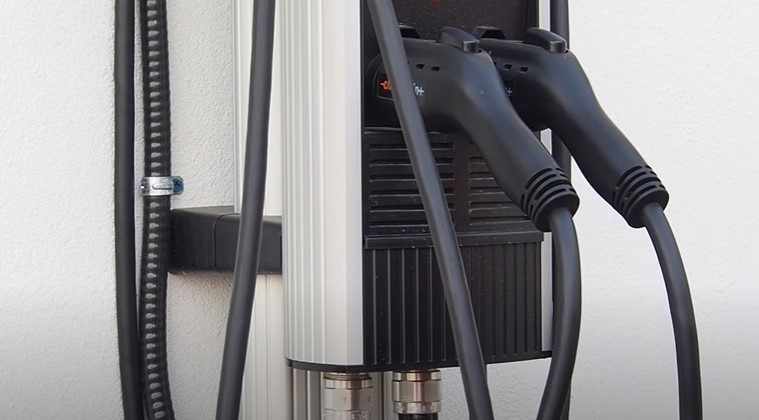
The Impact of Charging Power on Battery Health
Frequently charging your electric vehicle with power levels exceeding its battery capacity can harm its overall lifespan. Experts advise caution, even though electric vehicles are engineered to endure direct current fast charging. It’s advisable to use fast charging sparingly, reserving it for when absolutely needed to prevent accelerated battery degradation.
Fast Charging vs. Battery Lifespan
After eight to ten years, the battery typically loses around 20% of its capacity, compared to a potential 30% reduction if continuously subjected to fast charging systems. Fast charging systems are suitable for travel and quick charges under 30 minutes, but it’s advised to reserve them for necessary situations rather than making them a regular practice to ensure the longevity of your electric car battery.
Choosing the Right Charging Method
To prevent battery deterioration, opt for alternating current (AC) chargers over direct current (DC) quick chargers. While AC chargers are slower, they are gentler on the battery, contributing to its extended lifespan. If you must use a DC quick charger, reserve it for emergency situations.
Prioritizing the avoidance of frequent DC quick charging can significantly prolong your electric vehicle’s battery life, ultimately resulting in long-term cost savings.
3. Avoid Deep or Total Discharging
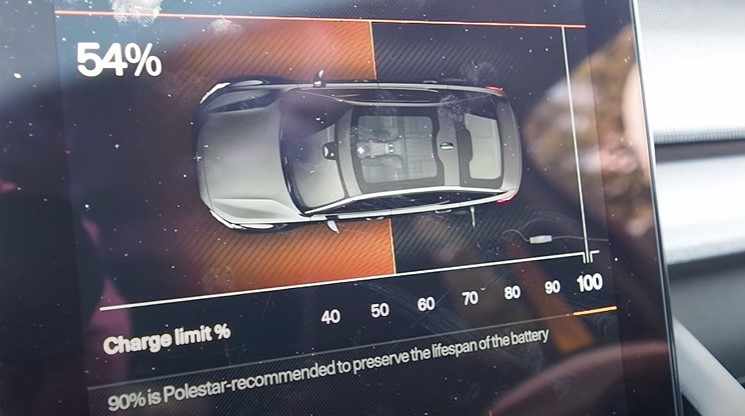
To safeguard your battery’s resistance, it’s vital to steer clear of deep or complete discharging.
Optimal Charge Levels for Battery Longevity
Certain manufacturers have included a minimum reserve in their electric models to prevent total discharges. Nevertheless, experts suggest maintaining your battery’s charge within the range of 30% to 80% to extend its life. A continuous series of discharge cycles can inflict substantial harm on your battery, making it essential to refrain from letting it dip below the 30% threshold. Adhering to these straightforward guidelines will help preserve your battery’s health and enhance its longevity.
4. Avoid Full Charging Whenever You Can

For optimal electric vehicle range and battery longevity, aim to charge up to 80% rather than reaching full capacity. Charging to 80% represents the ideal balance for EV charging and contributes to prolonging the battery’s life.
Maintaining Battery Health with Partial Charging
Furthermore, maintaining the battery within the range of 20% to 80% charge consistently aids in safeguarding the battery’s energy density and storage capacity. Additionally, charging your EV to its full 100% capacity should be reserved for when it’s indispensable, such as for longer journeys, as it contributes to preserving its specific energy. Embracing these practices allows you to leverage your regenerative braking system and ensure the smooth operation of your electric vehicle.
5. Take care facing extended storage periods

In the event that you must park your electric car for an extended duration, it is essential to attend to the battery to prevent breakdowns or degradation. It is not advisable to leave the car continuously plugged in during prolonged parking, as this may lead to overheating and potential battery damage. A more prudent approach is to schedule the car’s charging within the range of 50% to 80% and subsequently disconnect it. This practice effectively prevents the battery from reaching a state of deep or complete discharge.
Optimal Practices for Preserving Battery During Long-Term Parking
In the absence of a charging schedule option, it is advisable to park your car in a cool environment to prevent overheating during extended storage. Before resuming use, it is essential to verify that the battery retains a minimum capacity of 20%. Should it fall short of this threshold, employing a slow charging method is recommended to restore it to the necessary level. This practice serves to extend the battery’s lifespan and ensures your car is consistently prepared for your transportation needs.
In summary, when confronted with prolonged storage periods, the following actions are recommended:
- Set the car to charge within the 50% to 80% range and disconnect it.
- Park the vehicle in a cool environment.
- Confirm that the battery retains a minimum 20% capacity before resuming use.
- If necessary, employ a slow charging method.
Adhering to these measures will effectively prevent breakdowns and contribute to extending the life of your battery.
6. Avoid Extreme Temperatures

To ensure the safety and longevity of your electric vehicle’s battery, it’s vital to shield it from extreme temperatures, whether hot or cold, as these conditions can adversely affect lithium-ion batteries.
High temperatures can accelerate battery discharge and lead to further degradation, while cold temperatures can diminish the battery’s charging capacity and overall range.
To preserve your battery’s well-being, it’s advisable to park your electric car in a location with moderate room temperature. Some electric vehicles feature battery air conditioning systems that maintain an optimal temperature range between 20ºC and 30ºC.
In situations where parking in a high-temperature area is unavoidable, it’s wise to keep the vehicle plugged in, allowing the cooling system to engage and safeguard the battery. This precaution helps avert potential safety risks and ensures the battery’s extended life.
Remember, maintaining your electric vehicle’s battery is essential for both safety and peak performance.
7. Control Charging Time
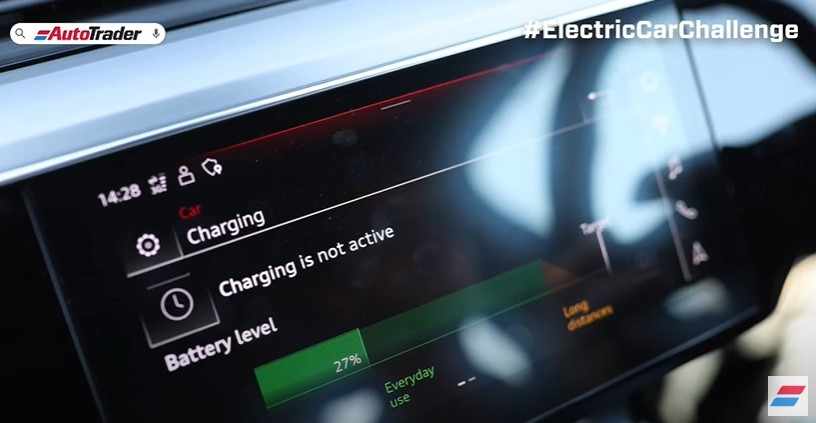
Temperature Impact on Battery Safety and Lifespan
Electric vehicles offer the convenience of overnight charging, but prolonged charging beyond the required time can have adverse effects. It may lead to battery overheating, ultimately shortening its lifespan and impairing performance.
To mitigate this issue, using a timer is a prudent choice, ensuring the battery charges only when needed. Employing this strategy will effectively prolong your electric vehicle’s battery life. For those without a Wall box, which automatically disconnects the battery from the power, employing a timer becomes even more critical.
Maintaining Battery Health through Temperature Control
Regulating the charging duration is key to preventing overcharging and extending the lifespan of your electric vehicle’s battery. This prudent approach translates into long-term cost savings, reducing the frequency of battery replacements. Moreover, controlling the charging schedule can lead to financial benefits by lowering electricity expenses. Charging during off-peak hours allows you to capitalize on reduced electricity rates, further optimizing your savings.
Mitigating High-Temperature Risks
Managing the charging schedule also offers the advantage of alleviating the burden on the electricity grid. Charging your electric vehicle during periods of surplus wind power availability can diminish the reliance on fossil fuel power plants for electricity generation. Consequently, this contributes to a reduction in greenhouse gas emissions, making a meaningful contribution to the fight against climate change.
In summary, regulating your electric vehicle’s charging time is a significant measure you can undertake to prolong its longevity, achieve cost savings, and minimize your environmental footprint.
8. Perform periodic balancing cells

Importance of Periodic Battery Balancing
For maximizing the lifespan of your lithium-ion battery, it’s crucial to conduct periodic cell balancing. Lithium-ion batteries don’t exhibit memory effects, allowing you to safely initiate partial charges and plug in your vehicle without limitations. However, the battery’s longevity is influenced by the quantity of charging cycles and the charging method employed, be it fast or slow charges.
Understanding Battery Cell Structure and Management
Electric vehicle batteries consist of multiple cells connected in series to increase the overall voltage. These cells are balanced by the Battery Management System (BMS) primarily when the battery is nearly fully charged. To maintain the battery’s health, it is advisable not to consistently charge your electric car to 100%. Instead, occasionally, approximately every three to four months, charging it to the full 100% is recommended to achieve proper cell balancing.
Crucial Role of Battery Chemistry and Technology
Regularly conducting cell balancing is a critical practice for extending your battery’s lifespan. It’s worth noting that the Battery Management System (BMS) might face difficulties balancing the cells if the battery chemistry is uneven. Therefore, it is essential to use the appropriate battery chemistry, such as nickel-metal hydride (NiMH), lithium iron phosphate (LFP), or lithium nickel manganese cobalt oxide (NMC), and adhere to the manufacturer’s guidelines for charging and discharging. Additionally, with the emergence of solid-state batteries in electric vehicles, which utilize distinct components and a solid electrolyte, it’s vital to stay informed about the latest advancements and optimal approaches in battery management as battery technology continues to evolve.
And What Happens When Lifespan Ends?
Repurposing Expired EV Batteries for Sustainable Energy Storage
Even after an electric vehicle (EV) battery reaches the end of its lifespan, it typically retains approximately 70% of its initial capacity, rendering it a valuable asset for energy storage purposes. Among the most practical choices is repurposing these batteries for storing domestic energy or the energy harvested from solar panels, effectively prolonging their utility for an additional 30 years. This presents an exciting opportunity to curtail environmental repercussions and champion sustainable development.
Battery Reuse for Portable Fast-Charging Stations and Power Plants
An alternative approach involves repurposing these batteries for energy storage in portable fast-charging stations, as exemplified by Volkswagen Group’s initiatives, or for providing power to thermal power plants. Notably, the Endesa Group employs over 90 recycled batteries at its Melilla thermal power plant.
Battery Recycling for Environmental Impact Mitigation
Recycling serves as a viable solution when an electric vehicle battery reaches the end of its useful life. Remarkably, batteries can undergo recycling processes that allow for up to 95% of their components to be reused, contributing significantly to waste reduction and taking positive strides towards addressing climate change. With the projected substantial growth in the battery market due to the increasing global sales of electric vehicles, there exists a remarkable opportunity to minimize the environmental impact of batteries and foster sustainable development.
Conclusion
To sum up, the article offers a comprehensive guide for electric vehicle owners to maximize the lifespan of their batteries. It stresses the importance of driving habits, charging methods, temperature control, and periodic maintenance. Additionally, the article highlights the potential for repurposing and recycling batteries to promote sustainability and reduce environmental impact as the electric vehicle market continues to expand.
Frequently Asked Questions
What are the Latest Advancements in Electric Vehicle Battery Technology?
Electric vehicle battery technology is advancing rapidly. The latest advancements include solid-state batteries, which are safer, more efficient, and have a longer lifespan than traditional lithium-ion batteries. These batteries use a solid electrolyte instead of a liquid one, which reduces the risk of fire and allows for faster charging times. Other advancements include lithium-sulfur batteries, which have a higher energy density than lithium-ion batteries, and flow batteries, which have the potential to be cheaper and longer-lasting than traditional batteries.
How Long Can an Electric Vehicle Battery Last Before Needing Replacement?
The lifespan of an electric vehicle battery depends on several factors, including the type of battery, how it’s used, and how well it’s maintained. Most electric vehicle batteries are designed to last for at least 100,000 miles or more, which is typically longer than the lifespan of a traditional gasoline engine. With proper maintenance, some electric vehicle batteries can last for up to 20 years or more.
What is the Average Cost to Replace an Electric Car Battery?
The cost to replace an electric car battery varies depending on the make and model of the vehicle and the type of battery. On average, the cost can range from $5,000 to $15,000 or more. However, some manufacturers offer warranties or replacement programs that can reduce the cost of a new battery.
How Many Batteries are Typically Used in an Electric Car?
The number of batteries used in an electric car depends on the vehicle’s design and the type of battery used. Most electric cars use a single battery pack that contains multiple battery cells. However, some larger vehicles, such as electric buses, may use multiple battery packs.
Which Types of Lithium-Ion Batteries are Commonly Used in Electric Vehicles?
The most commonly used lithium-ion batteries in electric vehicles are nickel-cobalt-aluminum (NCA), nickel-manganese-cobalt (NMC), and lithium iron phosphate (LFP) batteries. Each type of battery has its own advantages and disadvantages, such as energy density, cost, and safety.
What are the Most Important Specifications to Consider When Choosing an Electric Vehicle Battery?
When choosing an electric vehicle battery, it’s important to consider several specifications, including:
- Energy density: the amount of energy that can be stored in a given volume or weight of battery
- Cycle life: the number of charge and discharge cycles a battery can handle before it needs to be replaced
- Charging time: the amount of time it takes to fully charge the battery
- Cost: the price of the battery and its overall value for money
- Safety: the risk of fire or other hazards associated with the battery
By considering these specifications, you can choose the right electric vehicle battery for your needs.




